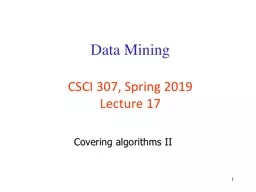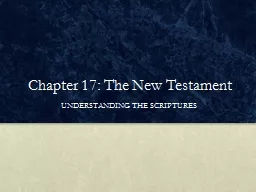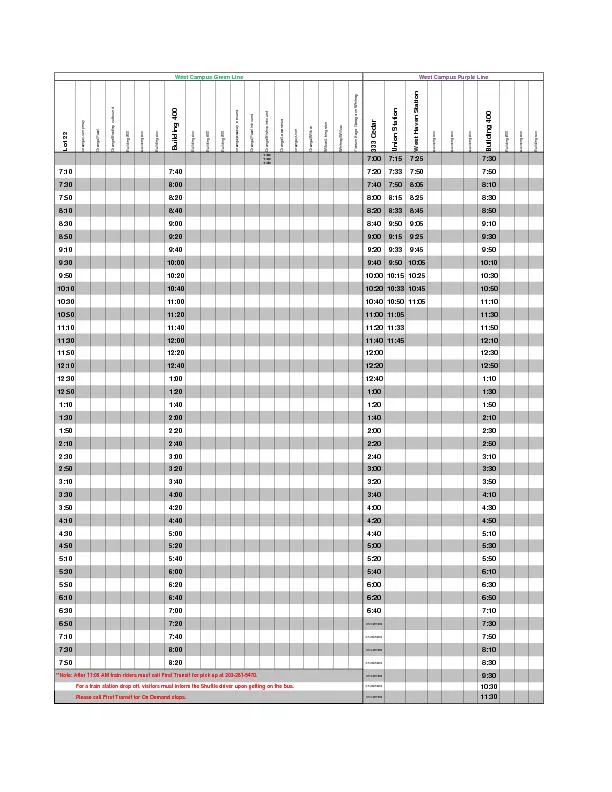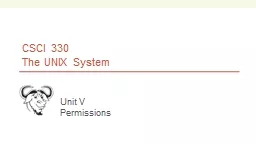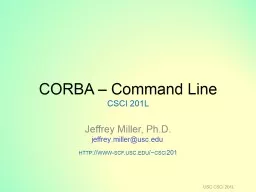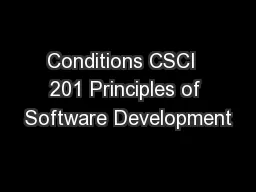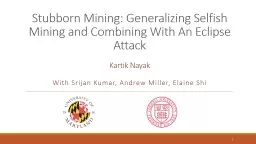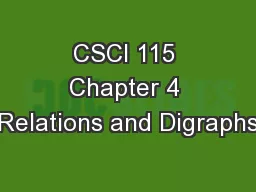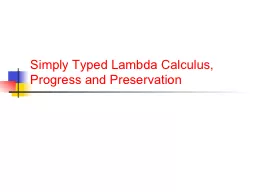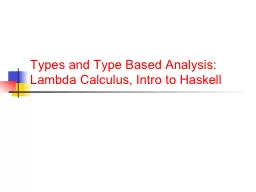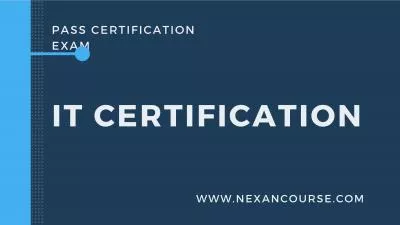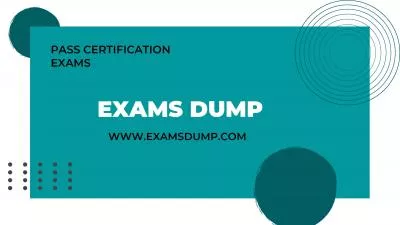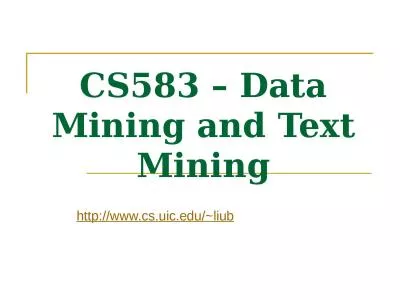PPT-Data Mining CSCI 307, Spring
Author : lauren | Published Date : 2022-06-18
2019 Lecture 17 Covering algorithms II 1 Covering Example continued 2 Age Spectacle prescription Astigmatism Tear production rate Recommended lenses Young Myope
Presentation Embed Code
Download Presentation
Download Presentation The PPT/PDF document "Data Mining CSCI 307, Spring" is the property of its rightful owner. Permission is granted to download and print the materials on this website for personal, non-commercial use only, and to display it on your personal computer provided you do not modify the materials and that you retain all copyright notices contained in the materials. By downloading content from our website, you accept the terms of this agreement.
Data Mining CSCI 307, Spring: Transcript
Download Rules Of Document
"Data Mining CSCI 307, Spring"The content belongs to its owner. You may download and print it for personal use, without modification, and keep all copyright notices. By downloading, you agree to these terms.
Related Documents

